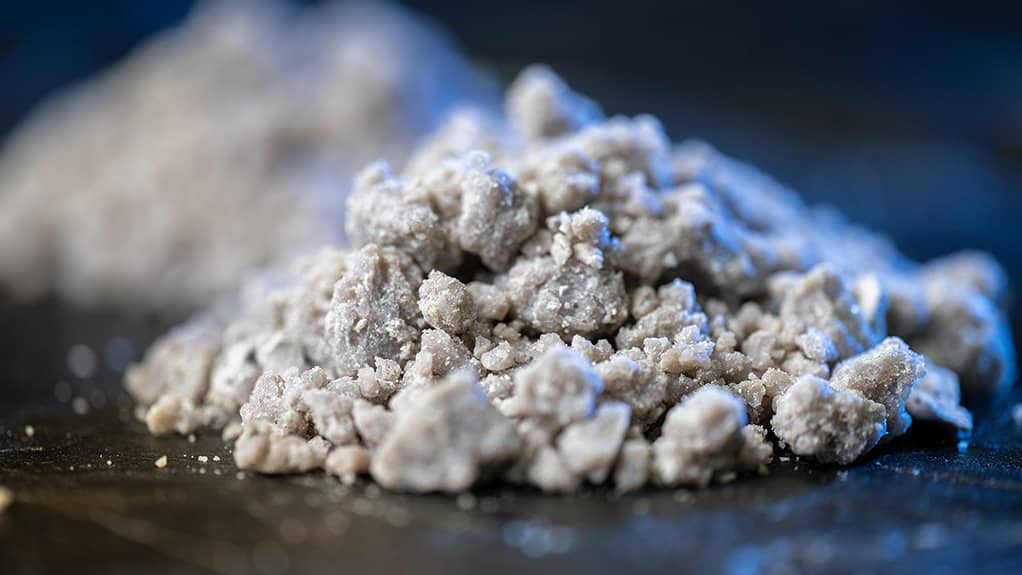Ramaco Resources said recently that a preliminary economic assessment (PEA) by Fluor had found its Brook mine project to be commercially and technologically feasible, with a potential pre-tax net present value (NPV) of up to $1.2-billion.
The Wyoming-based Brook mine is believed to host the largest unconventional US deposit of rare earth elements (REEs) and critical minerals derived from coal and carbonaceous ore. The full Fluor PEA is expected by July 8, the company said in a statement and separate shareholder letter.
“This report marks an important milestone in Ramaco’s transition to become both a rare earth and critical mineral, as well as metallurgical coal producer,” said Ramaco chairperson and CEO Randall Atkins. “The development of our Brook mine deposit is important not only to Ramaco, but also to our country.”
The PEA outlines a pre-tax NPV, using an 8% discount, of $1.197-billion and NPV, using a 10% discount, of $898-million, based on a projected initial capital cost of $473-million, excluding a 22% contingency. The mine’s internal rate of return (IRR) is estimated at 38%, with adjusted earnings before interest, tax, depreciation and amortisation of $134-million a year by 2028, growing to $143-million in 2029 on revenue of $378-million.
Fluor‘s findings follow earlier bench-scale tests that showed average REE leach extractions of about 90% for both light and heavy rare earths, with overall recoveries for critical minerals in the mid-80% range.
“At steady state, 1 242 annual short tons of oxide are projected to be produced, which include 456 t of gallium, germanium, scandium, terbium, dysprosium, neodymium, and praseodymium,” Ramaco said. The company also highlighted the deposit’s scalability and 42-year initial mine life, which would tap less than 4% of the total mineral inventory.
“When we are in production, the Brook mine will be one of only two domestic sources of rare earth elements. However, it will be the only domestic source of both heavy rare earth elements and critical minerals that are vital to our nation’s defence industry,” added Atkins.
“Based on just the magnet rare earth oxides projected to be produced at current levels, we believe the Brook mine would support 3% to 5% of total United States permanent magnet demand or more than 30% of the demand for US defence applications,” Atkins said.
Unlike traditional hard-rock REE sources, the Brook mine’s softer geological profile is expected to allow for more efficient extraction and lower capital intensity. The flowsheet includes conventional crushing, multi-stage liberation, purification, separation and calcination—parts of which involve proprietary IP, the company said.
Ramaco has already started mining to procure ore for pilot-scale testing, with an on-site pilot plant slated for the fourth quarter of 2025 and commercial testing by mid-2026.
“This will be America’s rare earth mine,” Atkins said. “China may now be dominating these critical materials. But this will be America’s rare earth mine.”



